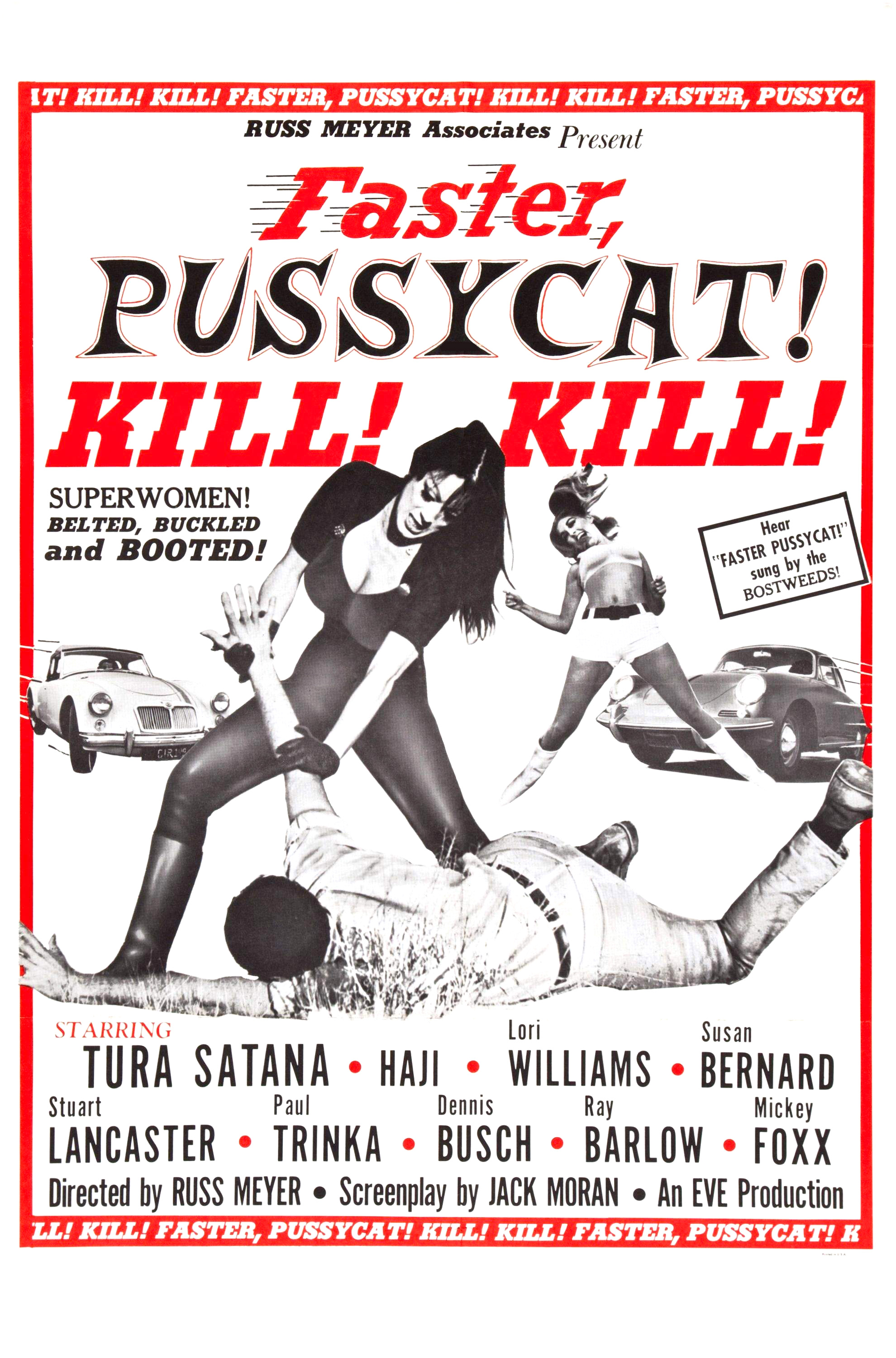Norma Storch Is Dead at 81; Subject of TV DocumentaryPosted in Biography, Media Archive, United States, Women on 2013-09-11 13:43Z by Steven |
Norma Storch Is Dead at 81; Subject of TV Documentary
The New York Times
2003-09-21
Douglas Martin
Norma Storch, a white woman whose decision to have her 4-year-old mixed-race daughter raised by a black couple became the subject of an Emmy Award-winning documentary made by the daughter in adulthood, died on Aug. 28 at her home in Manhattan. She was 81.
The cause was cancer, said the daughter, June Cross, the producer of the documentary, “Secret Daughter,” which PBS broadcast in 1996.
The film was heralded as a searing look at race relations in the 1950’s and 60’s, and drew praise for its emotional rawness and the bravery of both mother and daughter. Other reviews suggested that the documentary’s power came from a mother’s willingness to reject her daughter and then rationalize it.
Ms. Cross said in an interview last week that this impression properly reflected the documentary but not their real relationship. She said that tensions were exaggerated for dramatic effect.
But for almost 35 years, Mrs. Storch and her husband—the actor and comedian Larry Storch, who starred as Cpl. Randolph Agarn in the 1960’s comedy series “F Troop,”—indisputably lived a lie. They told friends and acquaintances that the black girl who visited them at their Hollywood home was their adopted daughter, who lived with a black family for most of the year…
Read the entire obituary here.


